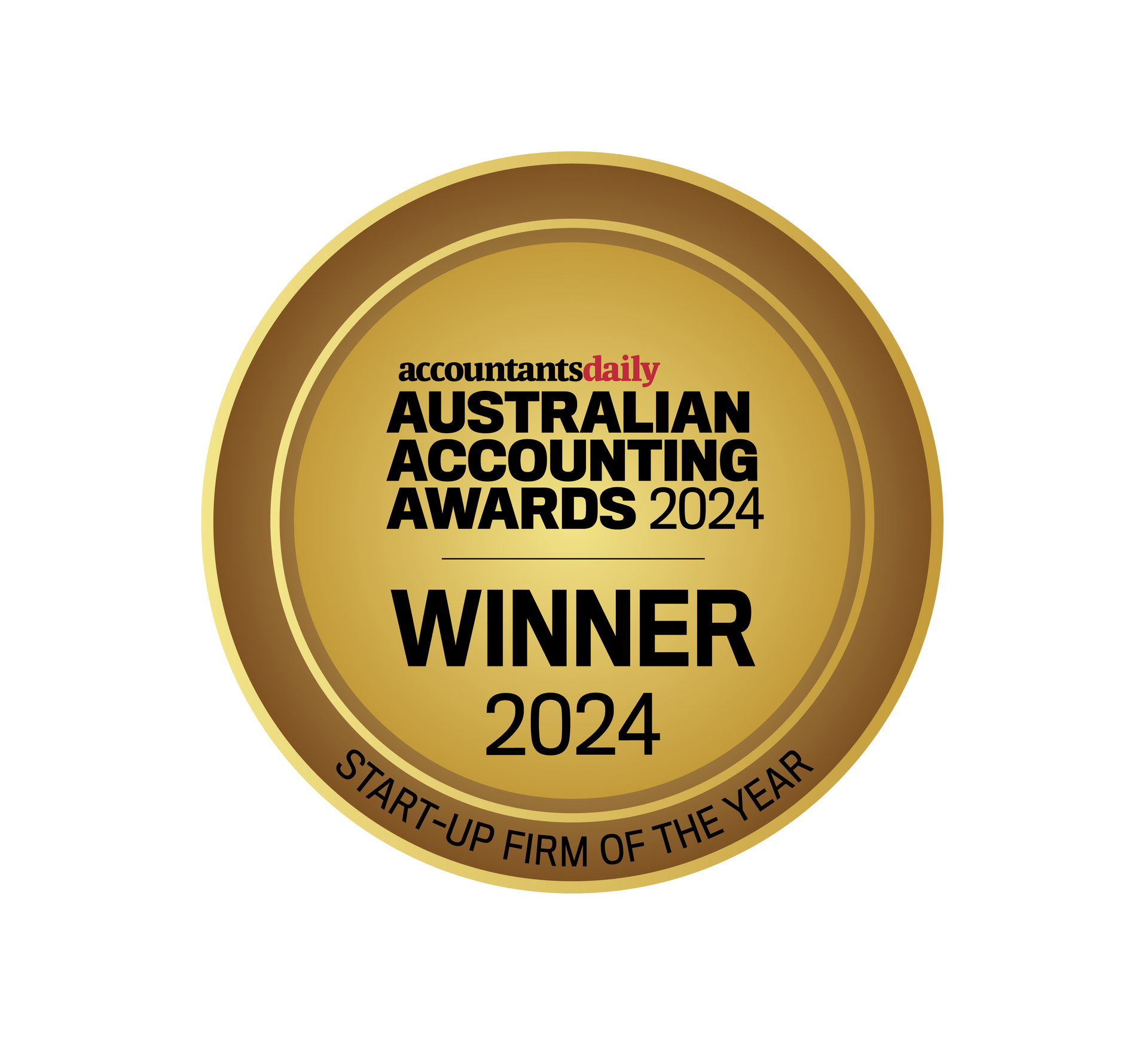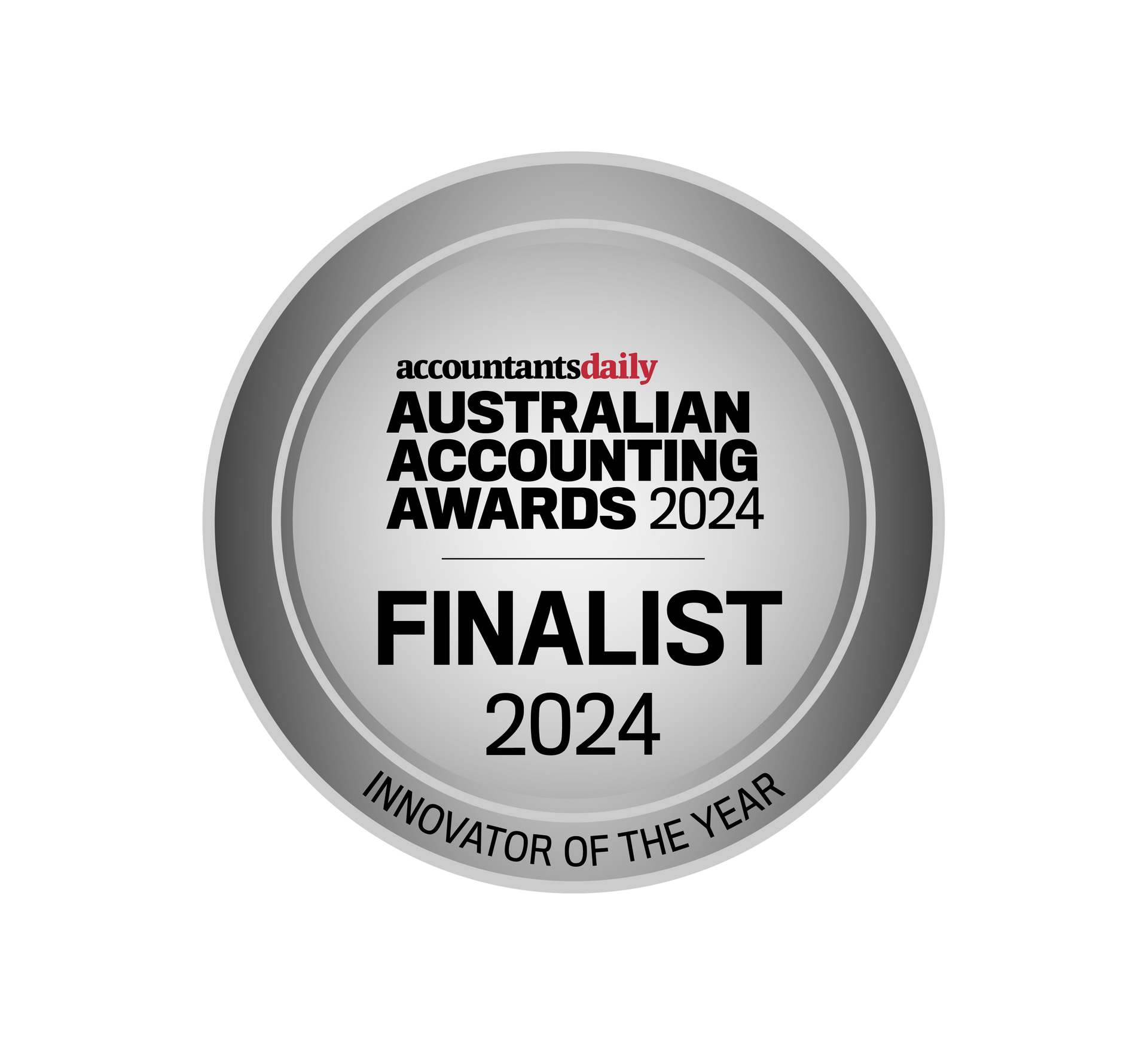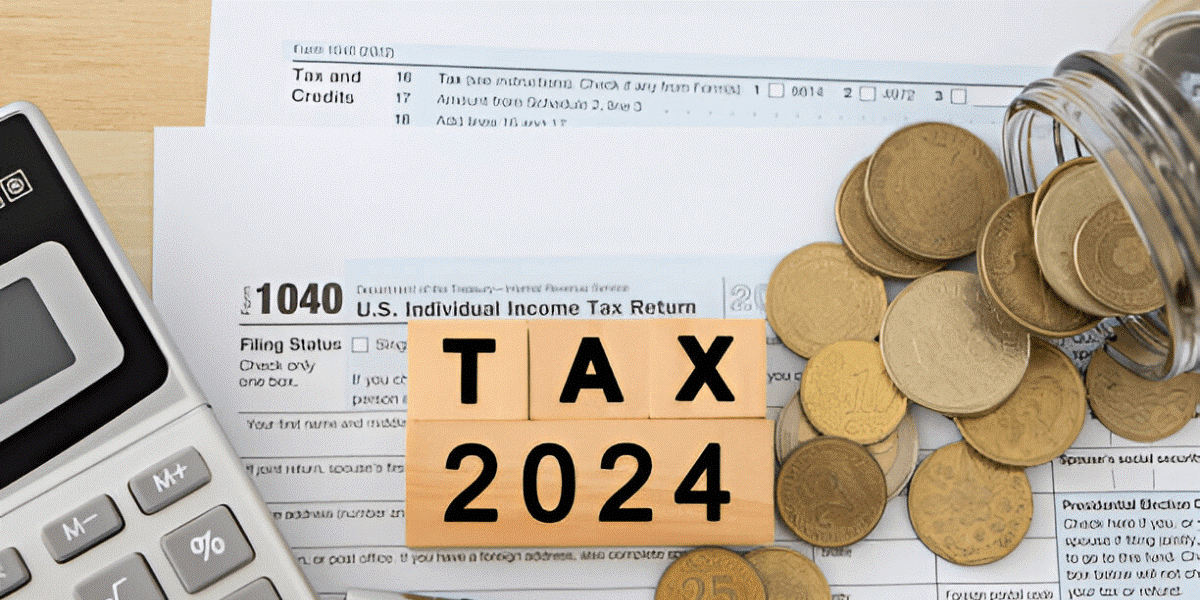What is a Cash Flow Forecast? Do I Need A Budget?
Cash flow is the lifeblood of any business. In the dynamic world of finance, understanding and managing cash flow is imperative for the survival and growth of small and large businesses alike. This blog covers the concept of a cash flow forecast, its creation, its significance in business management, and whether you need a budget!
Definition And Significance Of Cash Flow Forecast
What is a Cash Flow Forecast?
A Cash Flow Forecast is a vital part in a business's financial planning and management toolkit. It functions as a forward-looking model, meticulously estimating the cash that a business expects to receive and disburse over a specified period.
Key Attributes of a Cash Flow Forecast:
- Financial Projection: At its core, it provides a detailed estimate of the cash inflows (receipts) and outflows (payments), thus offering a clear picture of the business’s future financial status.
- Time-Frame Flexibility: The forecast is adaptable to various time frames, accommodating weekly, monthly, or even yearly financial planning needs.
- Insight into Liquidity: It acts as a lens through which the liquidity and financial health of the business can be assessed at a glance.
- Solvency Assurance: By accurately anticipating future cash positions, it plays a significant role in making sure the business remains solvent and financially viable.
Importance of Cash Flow Forecasting
The significance of Cash Flow Forecasting in a business context cannot be overstated, as it influences several key areas:
1. Predicting Financial Stability
- Cash Surpluses and Shortages: The forecast acts as a barometer for detecting upcoming periods of cash surplus or deficit, enabling businesses to engage in proactive financial planning.
- Planning Tool: It serves as a strategic instrument for planning future financial requirements, helping businesses avert potential liquidity crises.
2. Strategic Decision Making
- Informed Hiring Decisions: By providing insights into financial capacity, it aids in making judicious decisions about expanding the workforce.
- Guiding Investments and Expansion: The forecast becomes a guiding light for making informed decisions related to investments and business growth strategies.
3. Managing Obligations
- Meeting Financial Commitments: It ensures that the business is well-positioned to meet its financial obligations, including payments to suppliers, creditors, and employees.
- Maintaining Healthy Relationships: Timely financial obligations foster healthy business relationships, a critical aspect facilitated by effective cash flow forecasting.
4. Early Warning System
- Identifying Financial Risks: The forecast serves as a tool for early detection of potential financial challenges.
- Preventive Action: It allows businesses to implement preventive measures in a timely manner before financial issues escalate into crises.
How To Create A Cash Flow Forecast
Creating a Cash Flow Forecast involves several steps, each requiring careful consideration and analysis of past and current financial data.
1. Estimate Future Sales
- Review past sales trends and consider market conditions, industry trends, and future business plans.
- For new businesses or startups, refer to industry benchmarks or consult with industry experts.
2. Calculate Payment Timing
- Assess the expected timing of receiving payments based on past experiences or industry standards.
3. Calculate Costs
- Break down costs into fixed and variable expenses.
- Take into account infrequent expenses like taxes or insurance premiums.
4. Compile the Forecast
- Start with the opening bank balance.
- Add projected revenues and subtract estimated expenses.
- Regularly update the forecast with actual business performance.
Practical Tips For Effective Cash Flow Management
1. Monitoring Customer Payments
- Implementing effective credit control measures.
- Encouraging prompt payments through incentives.
2. Inventory Control
- Optimising stock levels to free up cash.
- Implementing just-in-time inventory practices.
3. Supplier Relationship Management
- Negotiating favourable payment terms.
- Building strong relationships for potential future benefits.
4. Building Financial Reserves
- Setting aside funds for unexpected disruptions or opportunities.
Advanced Techniques In Cash Flow Forecasting
In the domain of financial management, advancing beyond basic cash flow forecasting involves adopting sophisticated techniques that enhance the accuracy and reliability of these projections. Two key methods stand out: Scenario Analysis and Regular Reassessment and Adjustment.
Scenario Analysis
'What-If' Scenarios
This approach involves simulating various challenging situations, such as an economic downturn or the loss of a crucial customer. It prepares a business to understand and mitigate the potential impacts of such events on cash flow.
Market Condition Assessment
By considering different market scenarios, from booms to recessions, businesses can gauge how external factors might influence their cash flow. This enables them to proactively strategise for diverse market conditions.
Regular Reassessment and Adjustment
Performance Comparison
It's essential to routinely compare the forecasted figures with the actual financial performance. This practice helps identify any deviations and understand their causes.
Dynamic Adjustments
In response to the ever-changing business landscape, cash flow forecasts should be regularly updated. Incorporating new data, whether it's about market trends or internal business changes, ensures that the forecasts remain relevant and accurate.
Components Of A Cash Flow Forecast
| Component | Description |
|---|---|
| Revenue | Money expected from sales or services. |
| Expenses | Fixed and variable costs of running a business. |
| Opening Balance | Starting cash position of the period. |
| Closing Balance | Projected cash position at the end of the period. |
Utilising Cash Flow Forecasts In Business Strategy
1. Financial Health Monitoring
- Regularly updating the forecast helps in monitoring the financial health of the business.
2. Resource Allocation
- Helps in making educated choices when allocating resources for growth and expansion.
3. Risk Management
- Identifies potential financial risks and provides insights for mitigation strategies.
Challenges In Cash Flow Forecasting
Despite its importance, creating an accurate Cash Flow Forecast can be challenging. It involves assumptions and estimations that may not always align with actual outcomes. Market volatility, unexpected expenses, and changes in customer payment behaviours can all impact the accuracy of a forecast.
The Role Of Technology In Enhancing Cash Flow Forecasting
Modern financial technology, like cloud-based accounting software, has revolutionised cash flow management. These tools offer real-time data analysis, more accurate forecasting, and the ability to quickly adjust to changing financial circumstances.
Cash Flow Vs Budget: Understanding The Difference
While both are crucial financial tools, there are key differences:
- Cash Flow Forecast: Focuses on the actual cash position, including income and expenses. It does not account for non-cash items like depreciation.
- Budget: An estimate of income and expenditure for a set period. It includes non-cash items and is more aligned with the strategic planning of the business.
Concept Of Budgeting
Budgeting: A Strategic Financial Tool
- Definition: A budget is a detailed financial plan that outlines a business's projected income and expenses over a specific period, typically a fiscal year.
- Purpose: It serves as a financial roadmap, guiding businesses in resource allocation, performance monitoring, and strategic decision-making.
Importance of Budgeting in Business
- Financial Discipline: Encourages prudent financial management and spending within defined limits.
- Goal Alignment: Aligns financial activities with the company's strategic objectives.
- Performance Benchmarking: Provides a standard against which actual financial performance can be measured and evaluated.
Key Components Of A Business Budget
Revenue Estimates
- Projected sales or income from different sources.
Expense Forecasts
- Anticipated operational costs, including both fixed and variable expenses.
Profit Projections
- Estimated profit, calculated as Revenue minus Expenses.
Capital Expenditure
- Planned investments in assets like equipment or property.
Cash Flow Projections
- Anticipated cash inflows and outflows, highlighting liquidity needs.
Crafting A Budget: The Process
1. Analysing Historical Data
- Review past financial statements to understand trends and patterns.
- Consider how past performances can inform future projections.
2. Setting Realistic Goals
- Establish achievable sales targets and expense limits based on market analysis and company capacity.
3. Anticipating Future Trends
- Incorporate market research and industry forecasts to predict future financial scenarios.
4. Allocating Resources
- Determine how to allocate funds across different departments and activities to achieve strategic goals.
5. Continuous Monitoring and Adjustment
- Regularly compare actual performance with the budget, making adjustments as necessary.
The Role Of Budgeting In Strategic Decision-Making
Resource Optimisation
- Ensures efficient allocation of resources to areas with the highest return on investment.
Risk Management
- Identifies potential financial risks and allocates resources for risk mitigation.
Performance Enhancement
- Facilitates the identification of underperforming areas, allowing for timely corrective actions.
Budget Types And Their Applications
1. Operating Budget
- Details the income and expenses related to the day-to-day operations of the business.
2. Capital Budget
- Focuses on long-term investments in assets and infrastructure.
3. Cash Budget
- Concentrates on managing the cash flow to ensure liquidity.
Budgeting Challenges And Solutions
Adapting to Market Changes
- Incorporate flexibility in the budget to accommodate market volatility.
Accurate Forecasting
- Use a combination of historical data and market analysis for more accurate projections.
Employee Involvement
- Engage various departments in the budgeting process for broader insights and commitment.
Budgeting Tools And Technology
Advancements in Budgeting Software
- Utilise software solutions for accurate, efficient, and real-time budget tracking and analysis.
Integration with Other Financial Systems
- Ensure the budgeting tool integrates seamlessly with other financial systems for comprehensive financial management.
Wrapping Up
In summary, budgeting is not just a financial exercise but a critical component of strategic business management. It facilitates informed decision-making, enhances financial discipline, and aligns business activities with strategic goals. Whether you are running a small business or managing a large corporation, a well-structured budget is an essential tool for maneuvering through the complexities of the business landscape.
For those seeking expertise in budgeting and financial management, professional financial advisors and accountants can provide valuable assistance. They offer tailored solutions that cater to the unique needs of your business, ensuring that your financial roadmap is both realistic and aligned with your long-term objectives.
Partner With Tax App For All Your Accounting Needs
In today's fast-paced and digitally-driven business environment, effective accounting is more critical than ever. That's where Tax App steps in – your ultimate partner for all accounting needs. Tax App combines state-of-the-art technology with user-friendly features to deliver a comprehensive accounting solution tailored to modern business demands.
Seamless Accounting Integration
- Cutting-Edge Technology: Tax App leverages advanced technology to streamline your accounting processes. From automated bookkeeping to real-time financial reporting, it integrates all aspects of accounting into one easy-to-use platform.
- Cloud-Based Convenience: With Tax App, access your financial data anytime, anywhere. Cloud-based functionality ensures that your financial information is always up-to-date and securely stored.
Customised Solutions for Diverse Business Needs
- Adaptable for All Business Sizes: Whether you're a startup, SME, or large corporation, Tax App is designed to adapt to your unique business structure and scale. We offer customised solutions that grow with your business.
- Industry-Specific Features: Understanding that each industry has its specific accounting needs, our tax agent in Sydney provides tailored features to suit various sectors, ensuring that your business gets the most relevant and efficient accounting support.
Comprehensive Tax and Compliance Management
- Simplified Tax Filing: Tax App simplifies the tax filing process with our intuitive interface, making it easier to stay compliant with the latest tax laws and regulations.
- Proactive Compliance Alerts: Stay ahead of compliance deadlines with automatic reminders and updates. Tax App keeps you informed about any changes in tax laws that might affect your business.
Expert Support and Guidance
- Dedicated Customer Service: Our team of experts is always available to provide support and answer any queries. With Tax App, you're not just using an application; you're gaining a partner who's committed to your financial success.
Partnering with Tax App means more than just managing your accounts; it’s about embracing an efficient, comprehensive, and hassle-free accounting experience. Join the multitude of businesses transforming their accounting practices with Tax App today – your reliable partner for all accounting and tax-related needs.
Disclaimer:
The content of these blog posts is intended to be of a general nature and should not be construed as tax or any other form of advice. We do not guarantee the accuracy or completeness of the information provided in these blog posts. It is imperative that you consult with a qualified professional, such as a certified accountant at Tax App, before taking any action based on the advice or information contained herein. Your specific financial and tax situation may require personalised guidance, and a professional consultation is recommended to ensure compliance with applicable laws and regulations.
Get Started with Us
Connect with Australia’s most innovative accountants today. Fill out our contact form, and let’s discuss how we can help you achieve your financial goals. Together, we’ll create a tailored action plan that maximises your tax savings.
Awards!
⭐⭐⭐⭐⭐















